Tobe
Editor's Column "Craft Production Regions" VOL.4 AD
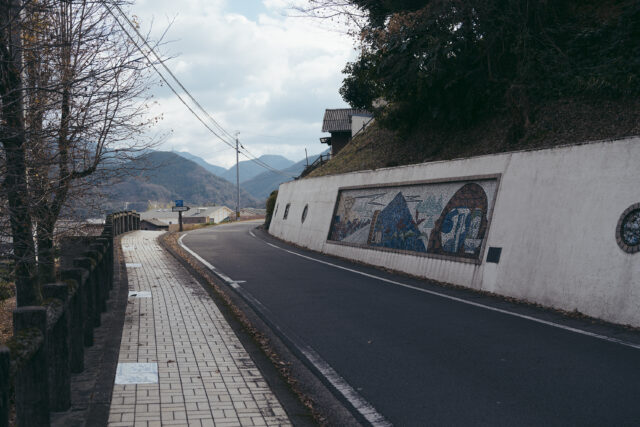

VOL.1-4
Update
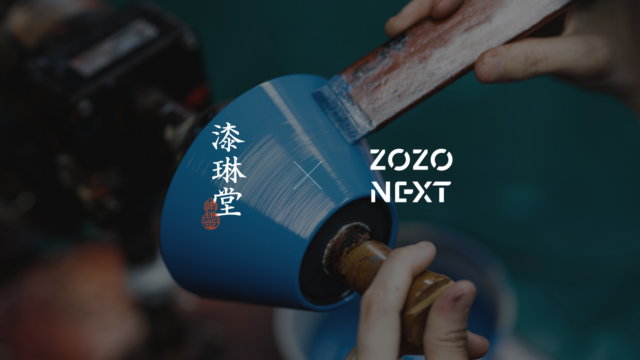
VOL.1-19
Update
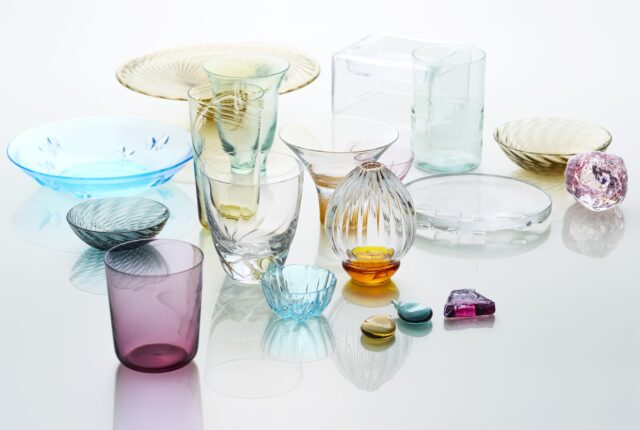
VOL.1-17
Update
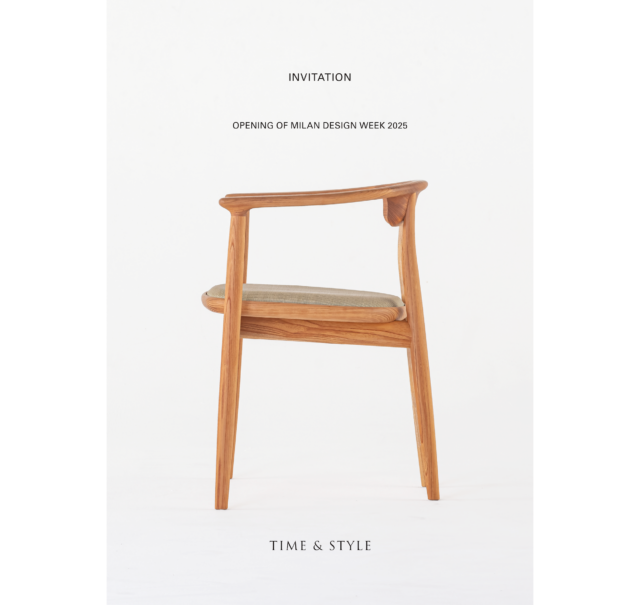
VOL.1-43
Update
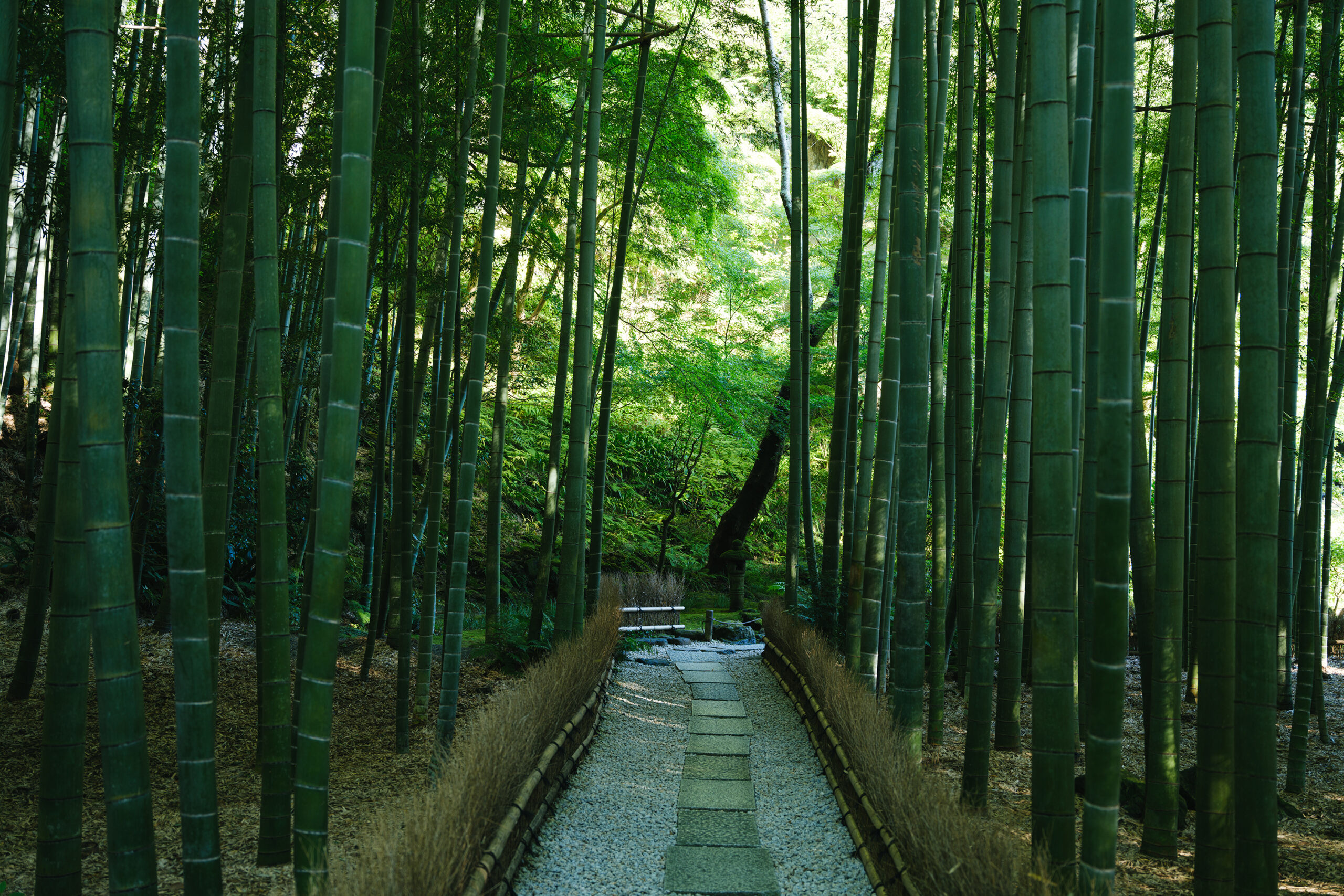
VOL.1-2
Update
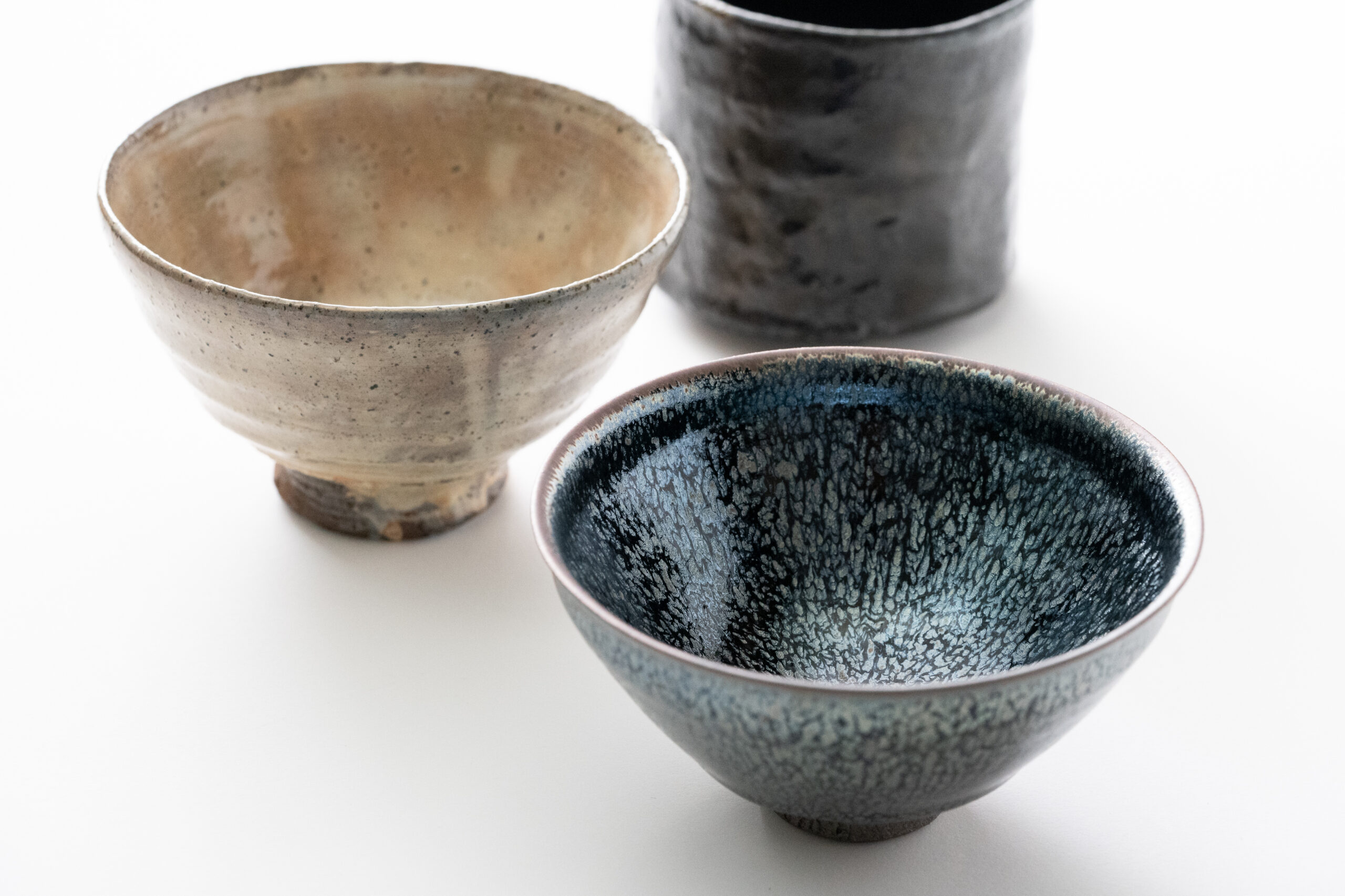
VOL.1-3
Update

VOL.1
Update
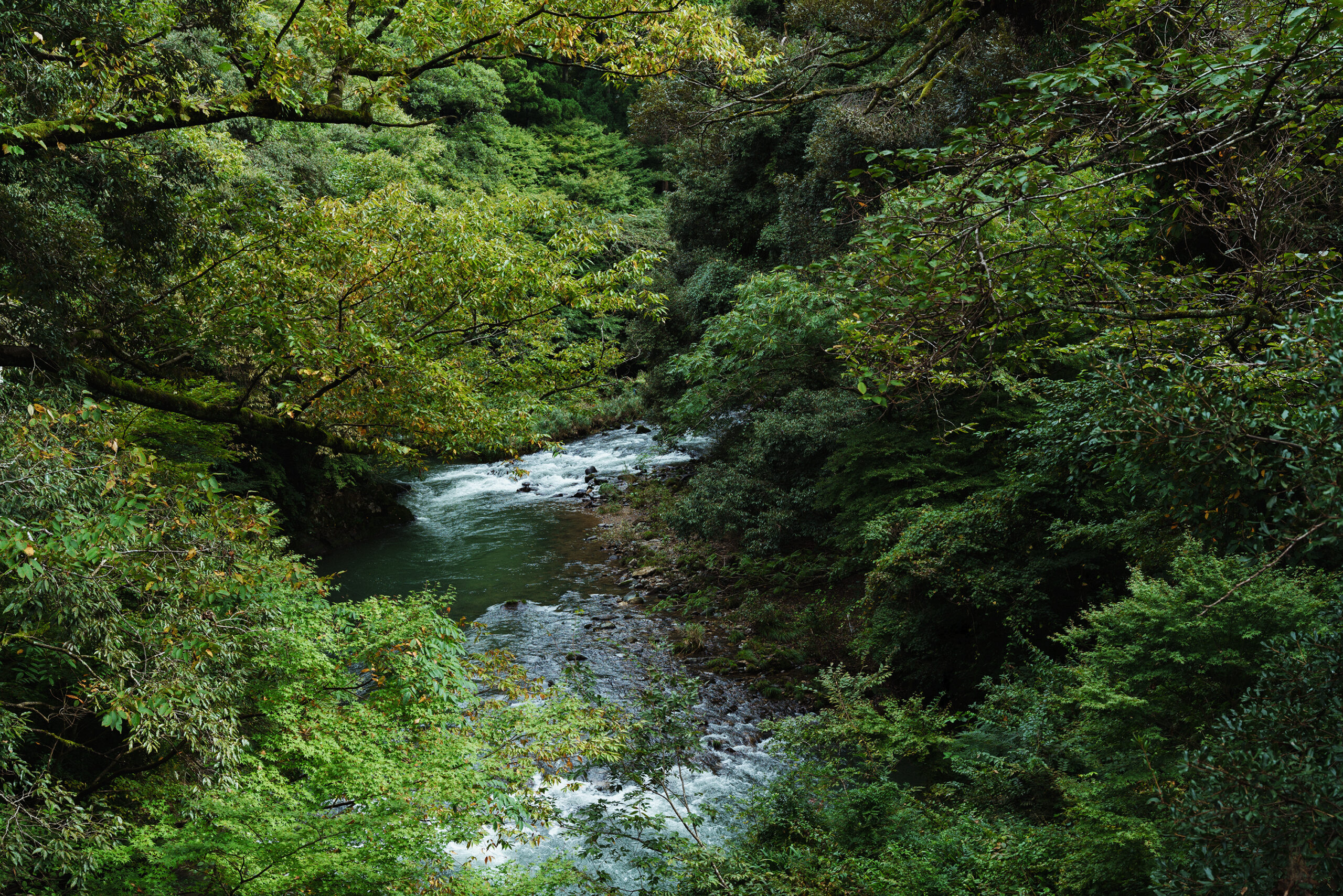
VOL.1-7
Update
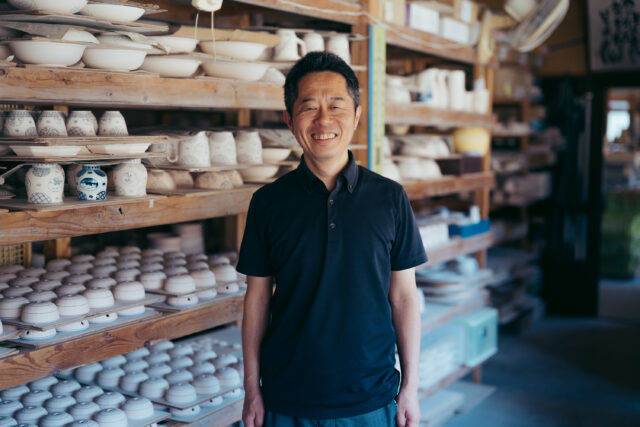
VOL.1-32
Update
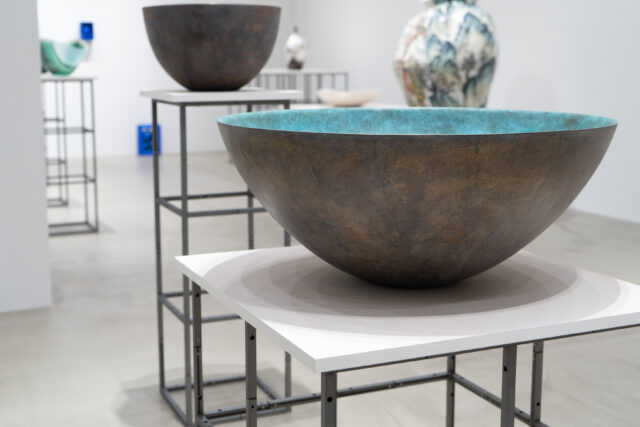
VOL.1-26
Update
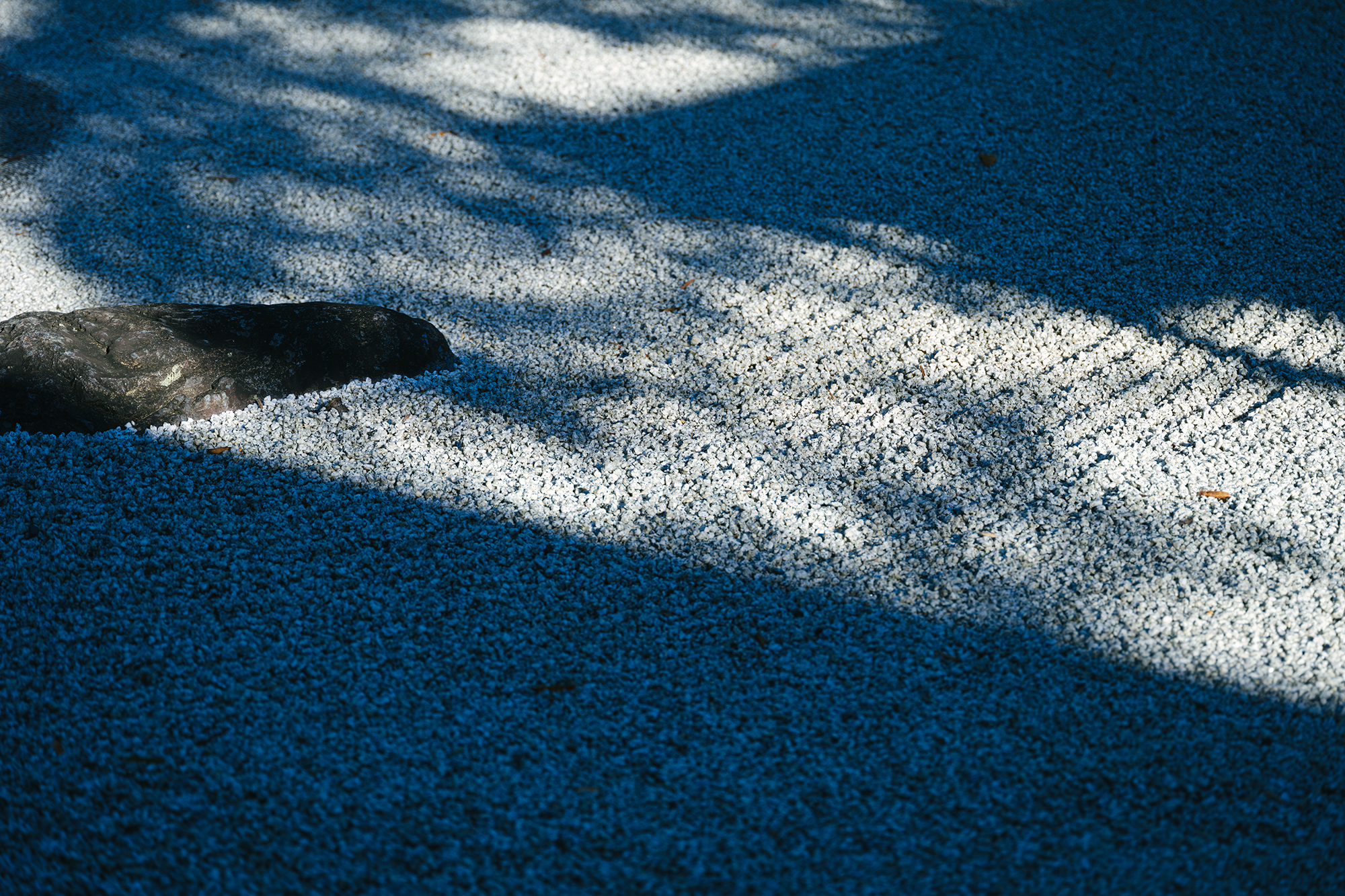
VOL.1-12
Update
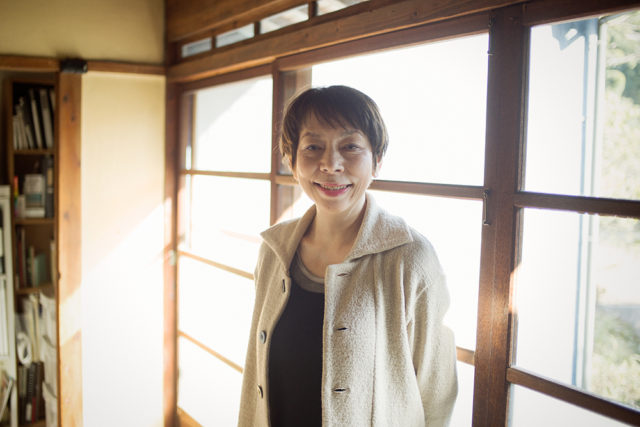
VOL.1
Update
We share a variety of information and perspectives on Japanese crafts, including exhibition information and interviews.
Editor's Column "Craft Production Regions" VOL.4 AD
KOGEI Topics VOL.19
New Products VOL.17
Featured Exhibitions & Events VOL.43
Apr 5 – Jun 22, 2025
SEIKADO BUNKO ART MUSEUM
Apr 8 – May 6, 2025
The Gotoh Museum
Apr 11 – Jun 15, 2025
Kyoto City KYOCERA Museum of Art
Apr 12 – Jun 29, 2025
TOGURI MUSEUM OF ART

Kohiki is often referred to as “whiteware.” Uniquely, this “Dai-no-tsuchi Tea Bowl” by Masahiro Sakakura is characterized by a slightly yellowish hue. Its warm texture and shape, comfortable in the hand, give it a gentle charm.
The white slip (a liquid clay mixture) used to decorate for the bowl is Daido-tsuchi, which has been used for generations in the Sakakura Shinbei Kiln, and the black clay for the body was collected by the artist himself in the mountains of his hometown. These materials, unique to the region, are one of the elements that produce the harmonious and gentle character that has long defined Hagi ware. The black clay is visible here and there through a glazing technique called nama-gake, in which white slip is applied to an unfired base, resulting in a very profoundly interesting appearance. This work is filled with Masahiro’s obsessive dedication to capturing the expression of the clay itself, and is full of many interesting features.
The beauty of this work is sure to be appreciated at a tea ceremony, enhancing the color of the Matcha green tea.